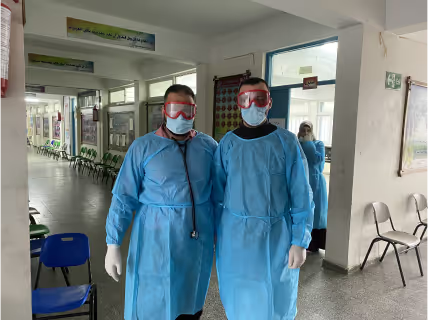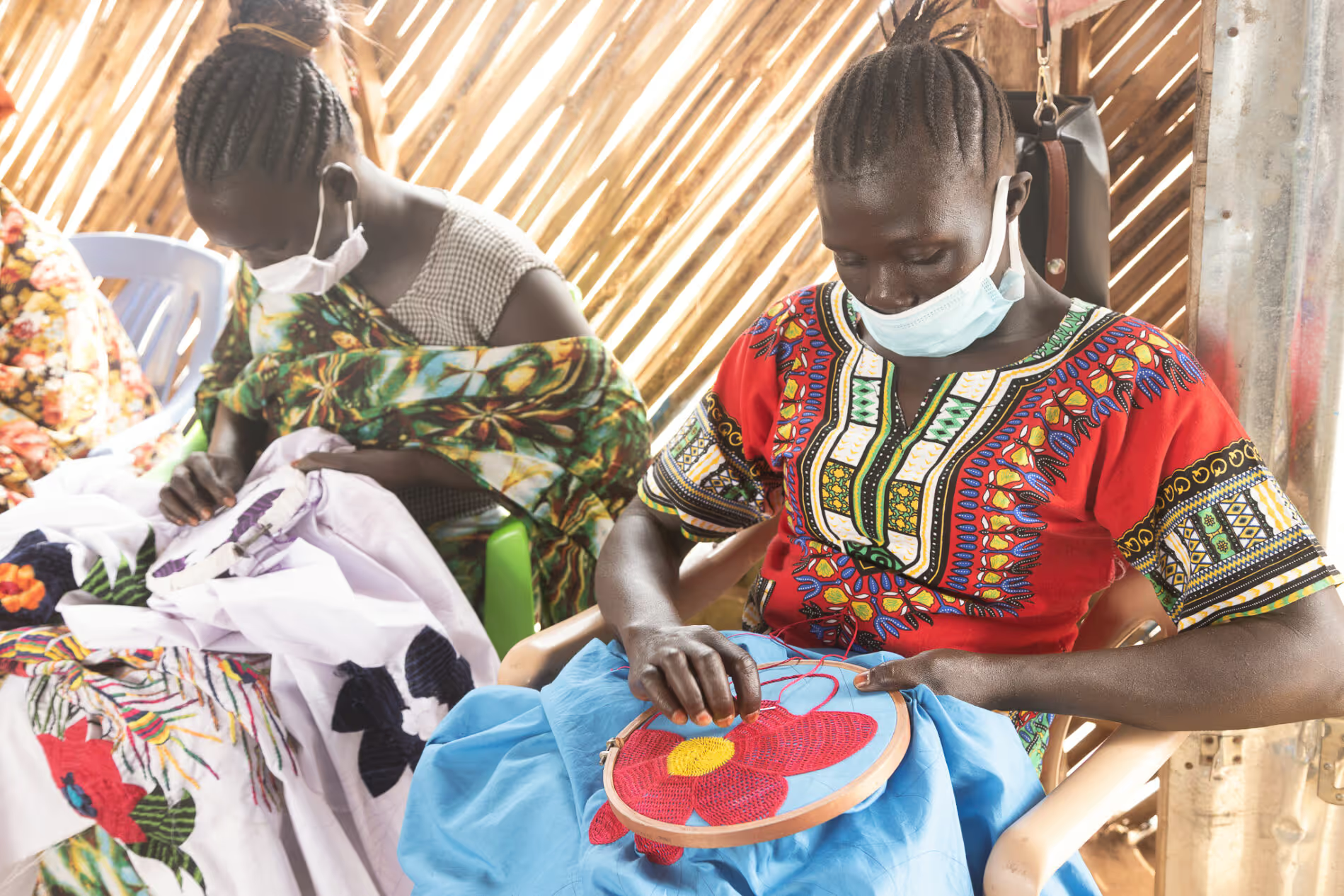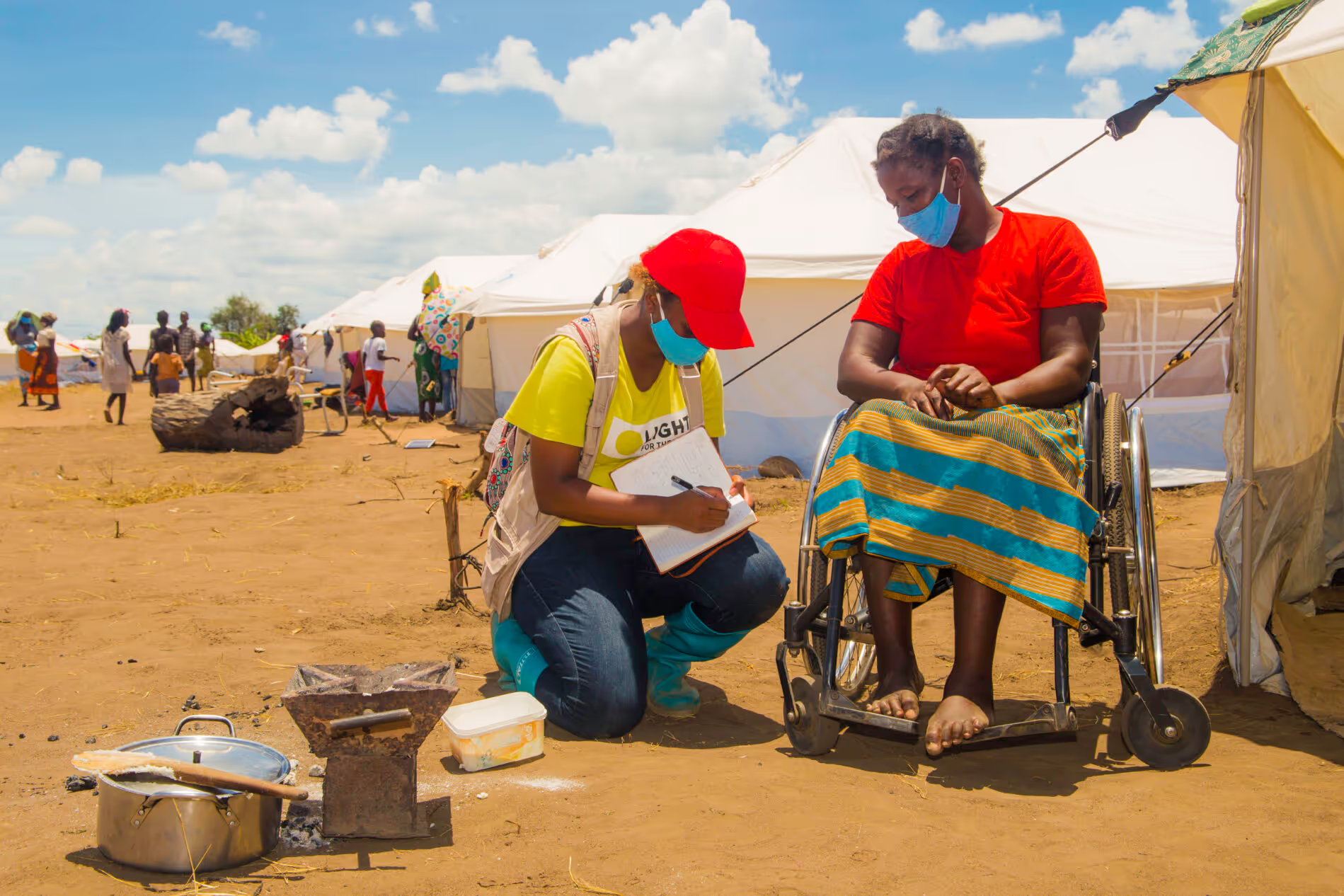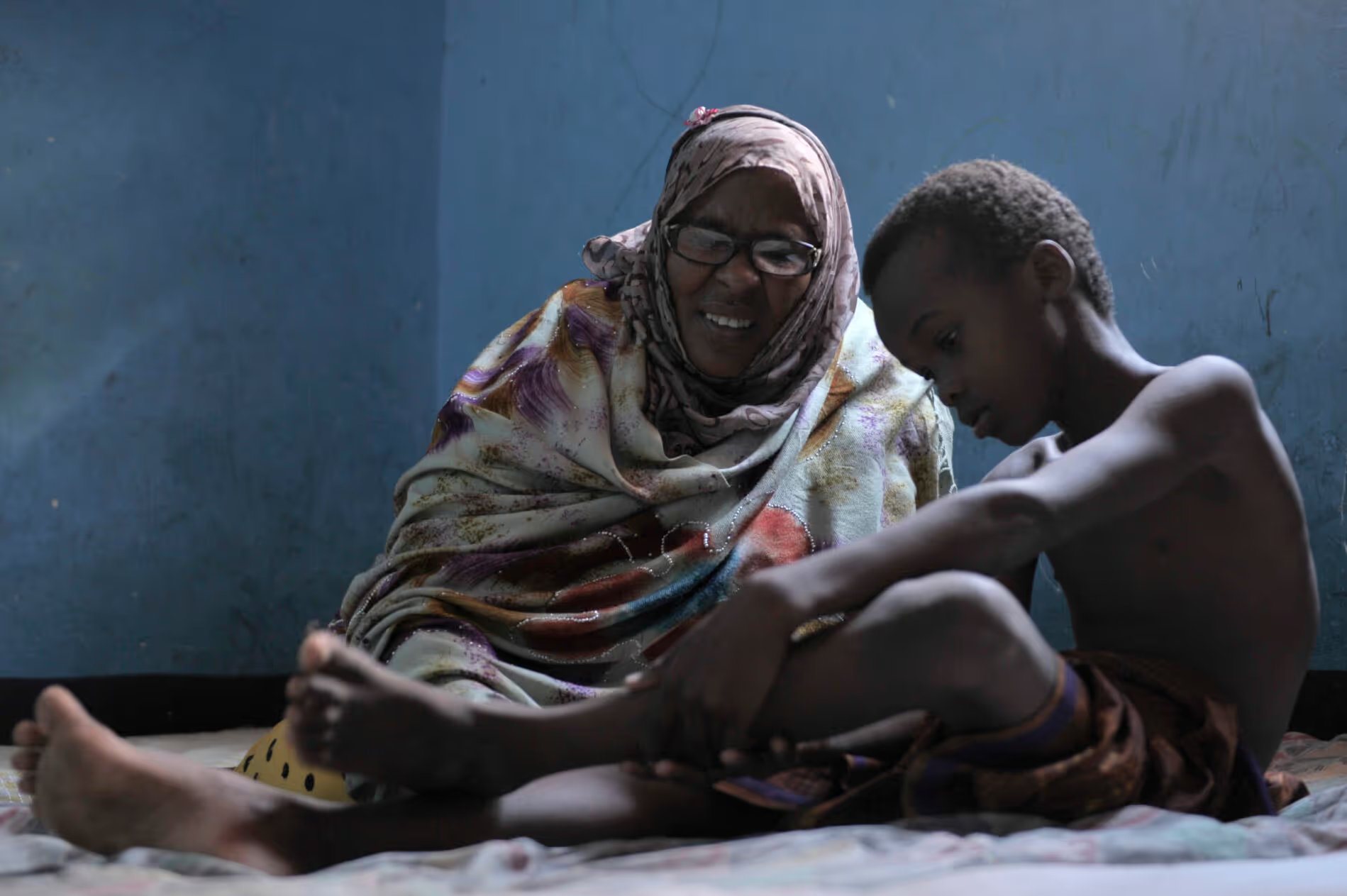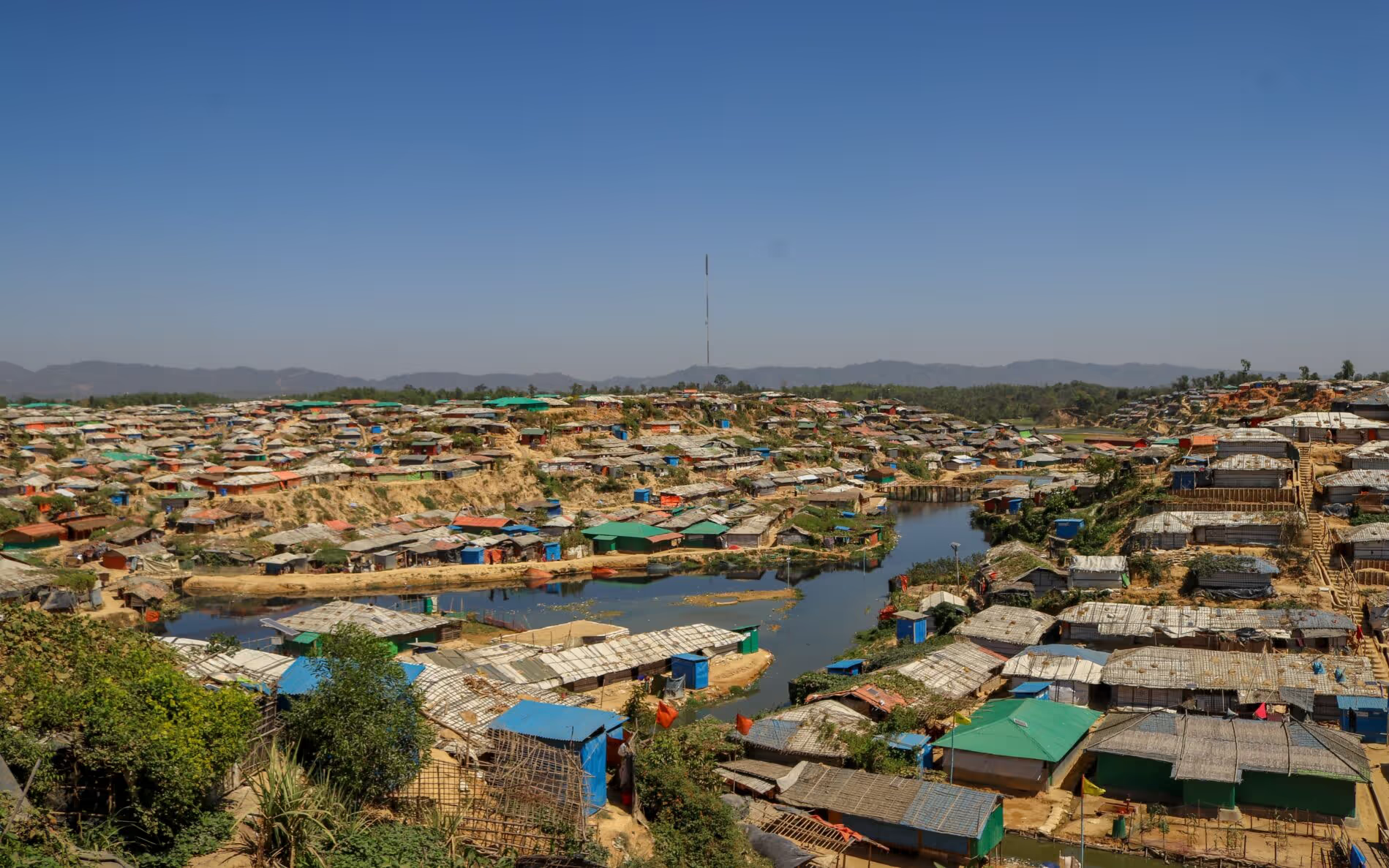Advancing Data Use to Improve GBV Survivor Response
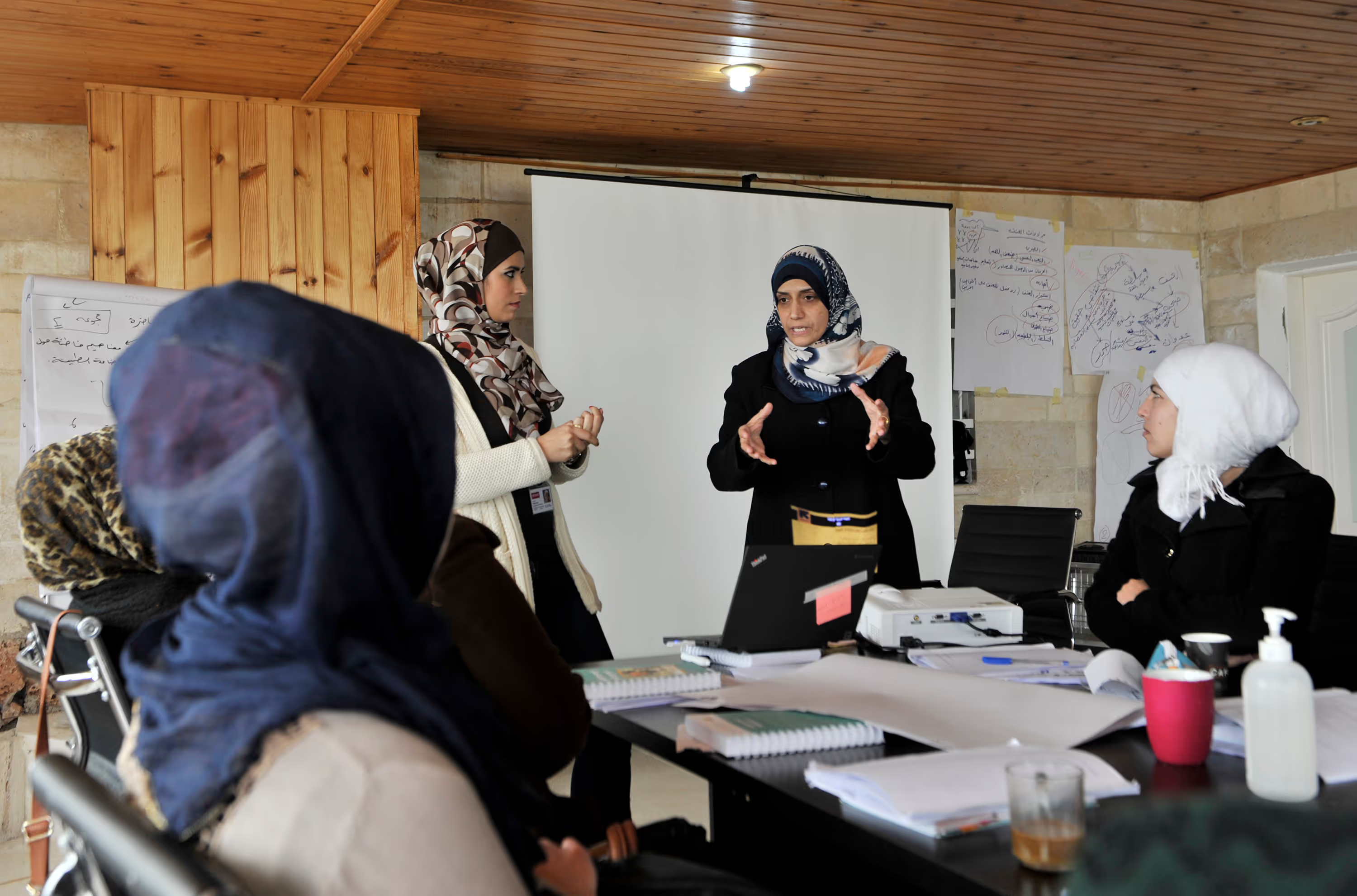
Project overview
With the GBV Case Management Outcome Monitoring Toolkit and accompanying guidance, the humanitarian community is equipped to measure the impact GBV programming has on a survivor’s sense of felt stigma and psychosocial wellbeing and to take safe, evidence-based action – ultimately improving individual survivor interventions and informing wider programmatic decision-making.
Project solution
This project offers [specific solution or intervention] to tackle [challenge]. By implementing [strategies, tools, or innovations], the project aims to achieve [desired outcomes]. The approach is designed to [specific actions or methods] to bring about meaningful change in [community, region, or issue area].
Expected outcomes
This project aims to achieve [specific outcomes], such as [measurable results, improvements, or changes]. The expected impact includes [benefits to the target community, advancements in research or innovation, or long-term effects]. By the end of the project, we anticipate [specific changes or milestones] that will contribute to [broader goals or objectives].
What is the humanitarian need?
Most humanitarian data is limited to monitoring programmatic outputs that track deliverable completion, not the outcome or impact of deliverables. To tackle this issue, over the last two HIF funding rounds, IRC has produced two GBV Case Management Outcome Scales. These Scales monitor survivor outcomes in reported wellbeing and felt stigma in humanitarian settings. IRC has also integrated the Scales into the global, inter-agency Gender-Based Violence Information Management System (GBVIMS+), making the tool widely available for GBV actors globally.
Although the practitioners using the GBV Case Management Outcome Scales have provided positive feedback (100% would recommend the Scales to a colleague), effective interpretation of the Scales’ results was identified as a gap during the end-of-project assessment. To build on demonstrated successes and ensure that the solution reaches its maximum potential, with this HIF funding, IRC aims to scale up and refine the capacity of GBV caseworkers and supervisors to interpret the Scales’ results.
What is the innovative solution?
The GBV Case Management Outcome Monitoring Toolkit has been piloted and validated among two different populations (Syrian refugees in Jordan and Somali/South Sudanese refugees in Kenya) and includes guidelines for adaptation to other humanitarian and development contexts. Additionally, IRC has created a bundle of products that facilitate and stimulate use of GBV output and outcome information, including written and visual complementary guidance on data-driven decision making, to inform programmes. The GBV case management outcome scales and standardised key performance indicators have also been incorporated into an inter-agency information system.
This new innovation aims to gather and use learnings from existing implementations of the GBV Case Management Outcome Scales to develop a data analysis and interpretation methodology and training package for GBV Caseworkers and Supervisors. This methodology will be added as an addendum to the existing GBVIMS+ Companion Guide and the GBV Case Management Outcome Monitoring Toolkit. Online learning sessions on the GBV Case Management Outcome Scales and data interpretation methodology will be conducted to disseminate the training package and encourage uptake throughout the humanitarian community.
;
Banner photo: Volunteer community health workers in outreach sessions with rural Syrian and Jordanian clients. Photo: Timea Fauszt/IRC
Project delivery & updates
Stay up to date with the latest developments from this project. Here, you will find details on what has been delivered, resources created, and regular updates as the project progresses. Access key documents, reports, and other materials to see how the project is making an impact.


